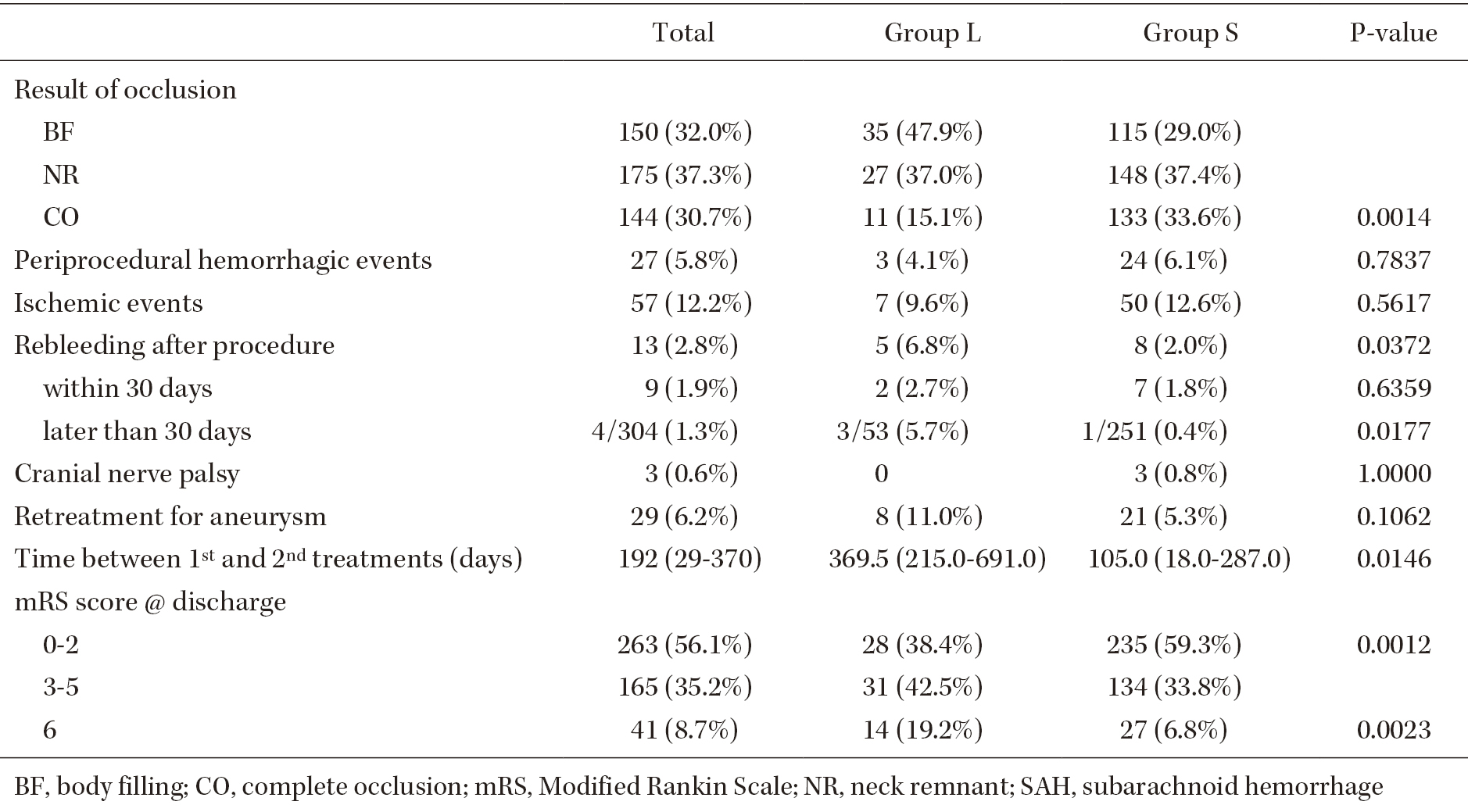- J-STAGE home
- /
- Neurologia medico-chirurgica
- /
- Advance online publication
- /
- Article overview
This article has now been updated. Please use the final version.
-
Takao KOISO
Department of Neurosurgery, Hitachi General Hospital
-
Yoji KOMATSU
Department of Neurosurgery, Hitachi General Hospital
-
Daisuke WATANABE
Department of Neurosurgery, Hitachi General Hospital
-
Go IKEDA
Department of Neurosurgery, Tsukuba Medical Center Foundation
-
Hisayuki HOSOO
Department of Neurosurgery & Stroke, Institute of Clinical Medicine, University of Tsukuba
-
Masayuki SATO
Department of Neurosurgery & Stroke, Institute of Clinical Medicine, University of Tsukuba
-
Yoshiro ITO
Department of Neurosurgery & Stroke, Institute of Clinical Medicine, University of Tsukuba
-
Tomoji TAKIGAWA
Department of Neurosurgery, Dokkyo Medical University Saitama Medical Center
-
Mikito HAYAKAWA
Division of Stroke Prevention and Treatment, Faculty of Medicine, University of Tsukuba
-
Aiki MARUSHIMA
Department of Neurosurgery & Stroke, Institute of Clinical Medicine, University of Tsukuba
-
Wataro TSURUTA
Department of Endovascular Neurosurgery, Toranomon Hospital
-
Noriyuki KATO
Department of Neurosurgery, Mito Medical Center
-
Kazuya UEMURA
Department of Neurosurgery, Tsukuba Medical Center Foundation
-
Kensuke SUZUKI
Department of Neurosurgery, Dokkyo Medical University Saitama Medical Center
-
Akio HYODO
Department of Neurosurgery, Dokkyo Medical University Saitama Medical Center
-
Eichi ISHIKAWA
Department of Neurosurgery & Stroke, Institute of Clinical Medicine, University of Tsukuba
-
Yuji MATSUMARU
Department of Neurosurgery & Stroke, Institute of Clinical Medicine, University of Tsukuba
Supplementary material
Article ID: 2022-0253
- Published: 2023 Received: August 09, 2022 Released on J-STAGE: - Accepted: October 26, 2022 Advance online publication: January 05, 2023 Revised: -
(compatible with EndNote, Reference Manager, ProCite, RefWorks)
(compatible with BibDesk, LaTeX)



